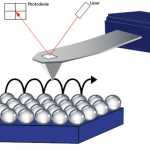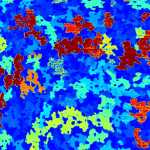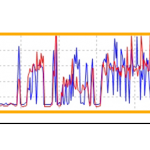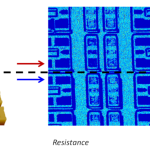Soft ResiScope : AFM electrical characterization on soft sample
This unique and innovative AFM mode is able to expand the fields of applications of the « ResiScope II » to soft samples such as organic solar cells, conducting polymers or other biological samples, while retaining its wide measuring range (10 decades). The Soft ResiScope principle is based on intermittent contact.
- Unique Technology
- NO Friction
- Constant Force = Quantitative Electrical Measurements
Files
News, events, promotions, webinars
The Soft ResiScope principle is based on intermittent contact. The AFM probe only stays in contact with the sample during a short period of time with a constant force control which allows the ResiScope II to measure the resistance and the current in the best conditions for quantitative measurements. Then the tip is retracted and moves to the next step.
Soft ResiScope Mode VS Oscillating/Contact modes
This non-destructive new method «soft ResiScope» was compared with conventional oscillating mode on fragile sample (polymer blend). The results were totally equivalent. This figure shows the first few lines of the scan measured in oscillating mode and the other part measuring by soft ResiScope mode. We can also notice the surface damaged by the previous scan made in contact mode (blue square), the surface was scratched by the tip.
Soft & Standard ResiScope Modes
Quantitative resistance/current measurements have been validated by study and open new perspectives for electrical characterization on all kind of samples and mostly soft samples
The following image demonstrates the quantitative measurements with Soft ResiScope. The comparison was made between contact mode ResiScope measurements and Soft ResiScope mode on standard electrical sample like SRAM. The result does not show any differences between contact mode and Soft ResiScope mode on topography and resistance signals. Morever the cross section show identical results between Standard ResiScope and Soft ResiScope modes.




